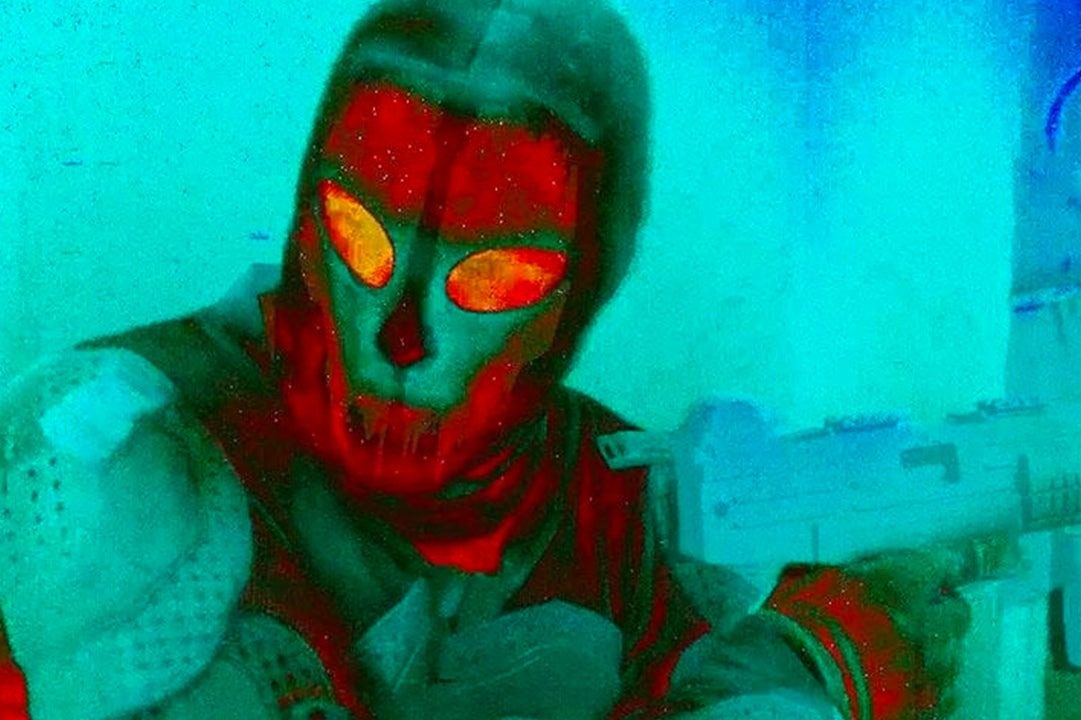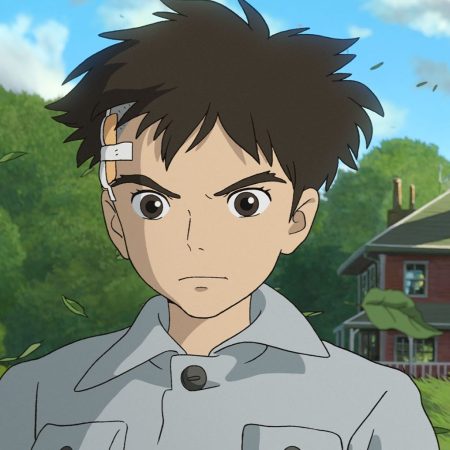As the yowling demon baby Aggro Dr1ft — the hard-to-classify debut hellspawn from enfant terrible Harmony Korine’s newly formed multimedia outfit EDGLRD, pronounced like “edge-lord,” if one absolutely must — has crowned into public view with showings at the festivals in Venice and Toronto over the past few weeks, reactions have been anything but mild. Little White Lies’ Hannah Strong called it “repetitive and didactic” and “all surface,” with “no immersion, just an onslaught of offputting visuals and noise… with some misogyny thrown in for good measure.” New York Magazine’s Bilge Ebiri branded it “a unique exercise in tedium.” In Indiewire’s review, writer David Ehrlich likened it to “the ugliest fucking PlayStation 1 game you’ve ever seen” and expressed a desire to go back in time so that he might kill the inventor of the moving-image technology that made Aggro Dr1ft possible. At the press screening in Toronto, I noticed an exceptional swiftness with which a few attendees hustled down the aisle after about 60 seconds. These were no mere walk-outs; they were fleeing.
If it seems like pushback against Korine’s latest has been particularly virulent, with my critical compatriots sharpening their most colorfully phrased knives, that’s only because he’s painted a big target on his back and outlined it in neon. In an instantly infamous profile with GQ, Korine made a handful of what could be charitably called bold pronouncements, foremost among them that he’d advanced beyond cinema and would soon present the next evolutionary phase of entertainment. “[Movies] became less and less interesting,” Korine said, smoking a cigar and gazing pensively across the ocean toward the Bahamas as if trying to collapse the distance between Miami Vice and his real life. “They just all feel like they’ve been so processed. Even the dialogue, it all sounds like it’s written by the same person. Everyone speaks exactly the same.”
Ever since he told David Letterman that “we can make films differently” as a dweeby NYU postgrad in 1997, he’s strived to break the art form’s apparatus and see what happens if he swallows the stuff that oozes out. At long last, per his soundbites in GQ, he claims to have done it: “The obsession here is that there’s something else after where we’ve been —that one thing is dying, and something new is being born right now.”
The actuality of the matter lies somewhere in the middle, maybe perfectly equidistant between “the worst offense ever forced upon the human race’s eyeballs” and “the visionary revelation that will lead obsolete cinema into a gleaming future like Moses shepherding the Israelites through the desert.” Aggro Dr1ft won’t mold tomorrow in its own image, just as the next big take on the time-tested hamburger won’t be a 3D-printed SNDWCH that occasionally glows red, green and blue for some reason. Far too uncommercial to be the game-changer that Korine’s selling, and yet not nearly invested enough in mass appeal to be considered a failure on the untenable terms he’s foisted upon it, this would-be breakthrough is something far more commonplace and simply enjoyed: an experimental project in the truest sense, less concerned with success than exploration as a curious early adopter tests the quirks and limits of his newest plaything. If it qualifies for any superlative, it’s the year’s best stoner picture, a confluence of intense vibes liable to stimulate those with the patient susceptibility of lowered consciousness.
It bears mentioning that Aggro Dr1ft is terrifically stupid, in keeping with Korine’s determined idiocy so pure it occasionally folds in on itself to a crooked slant on genius. The faint wisps of plot follow Bo (Jordi Mollà), who announces himself as the greatest hitman in the world, maybe due to the guidance of a CGI balrog that appears whenever he takes a life. As tradition dictates, he’s got One Last Job to do before he can retire to spend his golden years with his wife and her gargantuan, lovingly photographed derriere: fight through a squadron of machete-wielding Jawa-looking imps to dispatch their leader, an ogre-sized crime boss with angel wings hovering not-quite-attached to his shoulder blades in a crude augmented-reality effect close to a Snapchat filter with some kinks left to work out. Everyone speaks with the halting cadence and strained delivery of a video game cutscene; the part where the Big Bad mechanically repeats “dance, bitches” ad nauseam to a retinue of women already in the process of dancing got some laughs, though I prefer the line when Bo tells his protege Zion (Travis Scott) “to read this book, Julius Caesar.” (Zion retorts by asking if that’s the guy who wrote the Bible.)
Mileage will vary wildly on whether a viewer finds all this funny or exhausting, though the merits are meant to be mainly sensory, not narrative. Korine’s choice to shoot entirely in infrared thermography turns every shot into a wild reconfiguration of color and texture, the rare film that demands its audience look at the world in an unfamiliar way. It’s an impulse-driven, almost childlike approach to image-making, concerned entirely with feeling and effect over concept. Korine’s not even committed to the notion of heat as a defining metric, frequently futzing around with readout settings to shift the sky from teal to azure to violet. I often thought of the psychedelic noodling on primitive video synthesizers during the ‘70s collected in the “Electric Light Voyage” compilation, though the combination of visual radicalism and insistent subversion more precisely imagines if Jean-Luc Godard had been missing a third of his brain when he made Goodbye to Language.
Inside Matthew McConaughey’s Pot Porn Comedy “The Beach Bum”
All stoner movies aren’t created equal – and Harmony Korine’s latest shows why.The one thing on Korine’s otherwise free-floating mind appears to be gaming, which has shaped an otherwise instinctual technique letting his synapses fire at will. The models for the computer-generated characters have an odd way of moving in place within a brief looping cycle, a habit of game designers meant to reassure players that the game hasn’t frozen even when no one’s doing anything. Korine and visual effects artist Joao Rosa play with the Deep Dream program of neural-network algorithms generating torrents of wiggly, morphing acid-trip doodles, mostly just to give everyone sick tats. The iconography samples from various schools of pop culture united by the likelihood to be found in poster form on a drug dealer’s wall: the go-fast boats and sunglasses of Scarface fantasies, the katanas and honor-code vagaries of samurai fiction, the balaclavas and AK-47s of hip-hop videos. In this style’s most liberated departure from itself, everything melts into full light-and-motion abstraction, and Korine finally reaches the logical endpoint of this line of thought.
He hasn’t broken through to the other side of creativity or anything, his revelations limited to the output from hitting various buttons on a camera or in an editing program. Even so, it’s an accomplishment unto itself to divert this many people’s attention to a form-resistant, leisurely paced, impressionistic work of the avant-garde. He’s talked a big game about his plans for EDGLRD, including a line of NFT-sounding collectible characters and, eventually, actual video games. (And that name reminds us, above all, not to take any of what he says too seriously.) Maybe one of those will usher in the new world order, but for the time being, he’ll have to settle for making the most spontaneous, unpredictable entry in a career known for bucking expectations.
This article appeared in an InsideHook newsletter. Sign up for free to get more on travel, wellness, style, drinking, and culture.
























